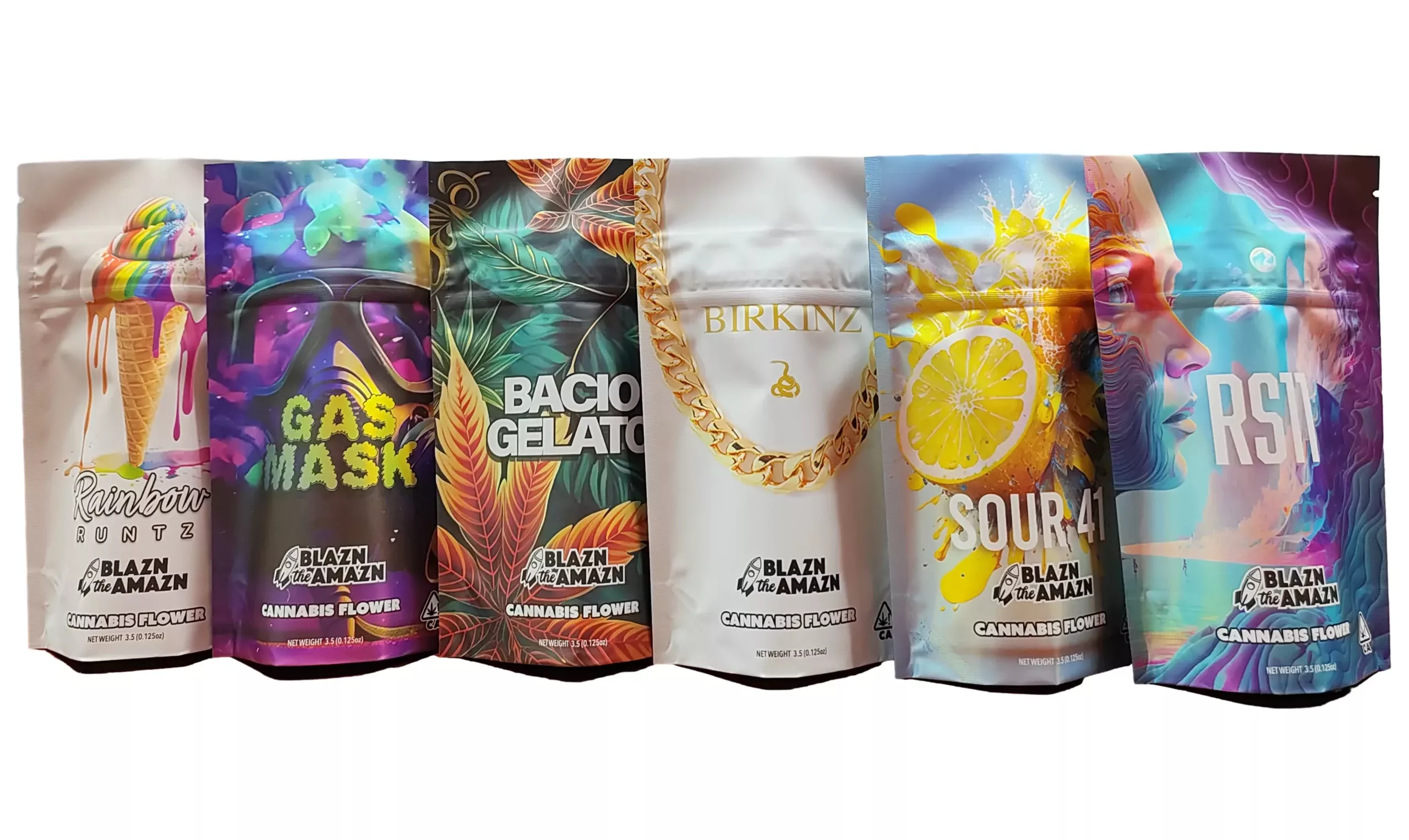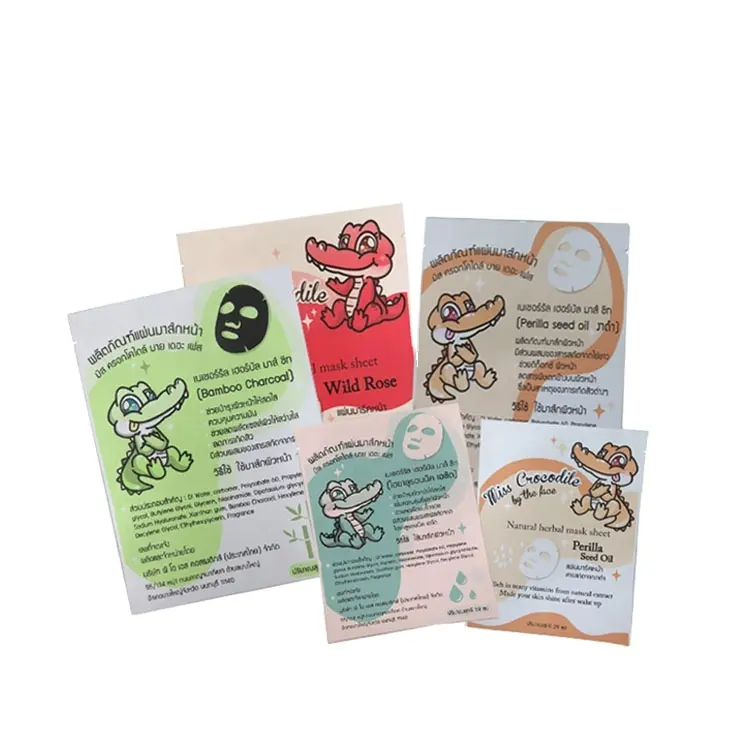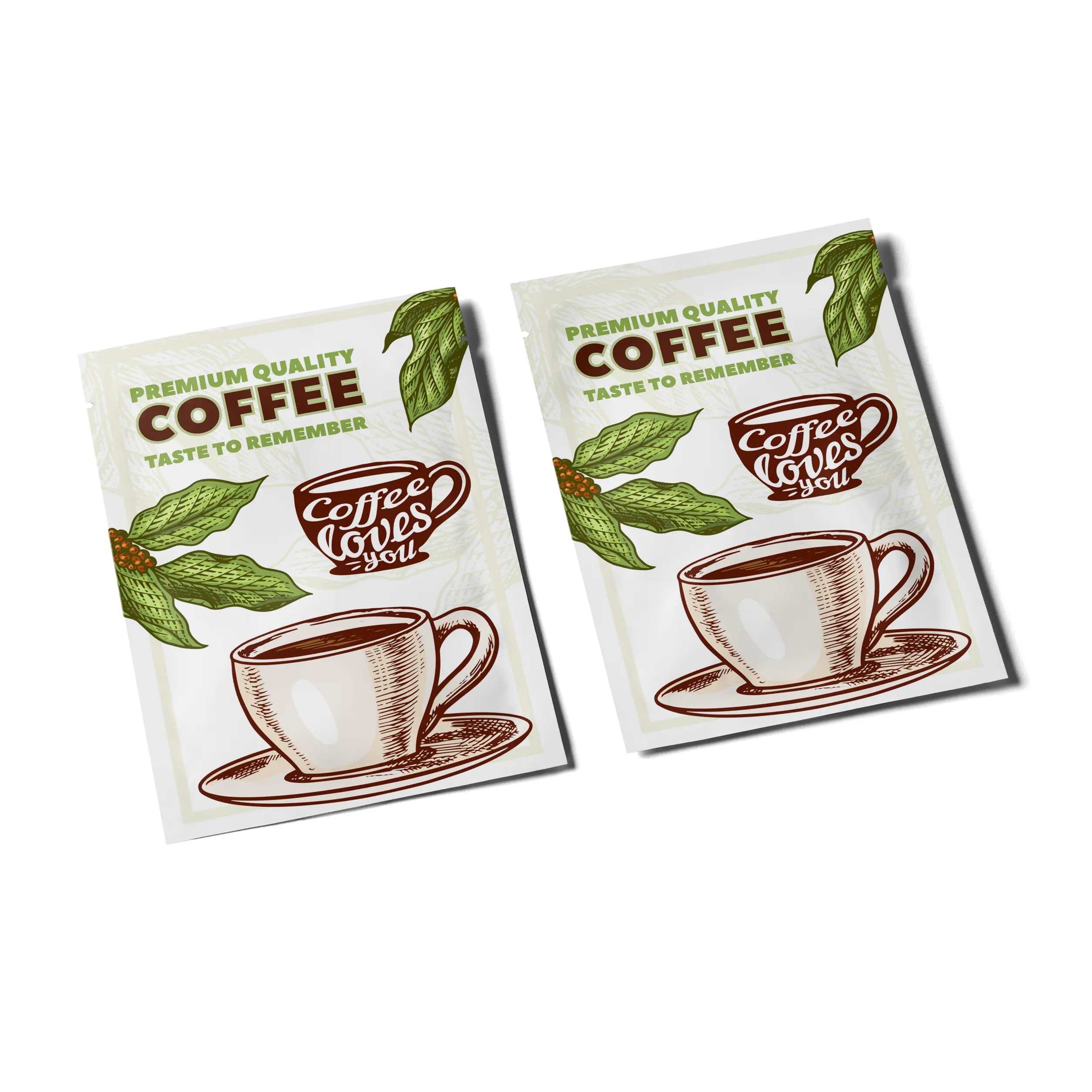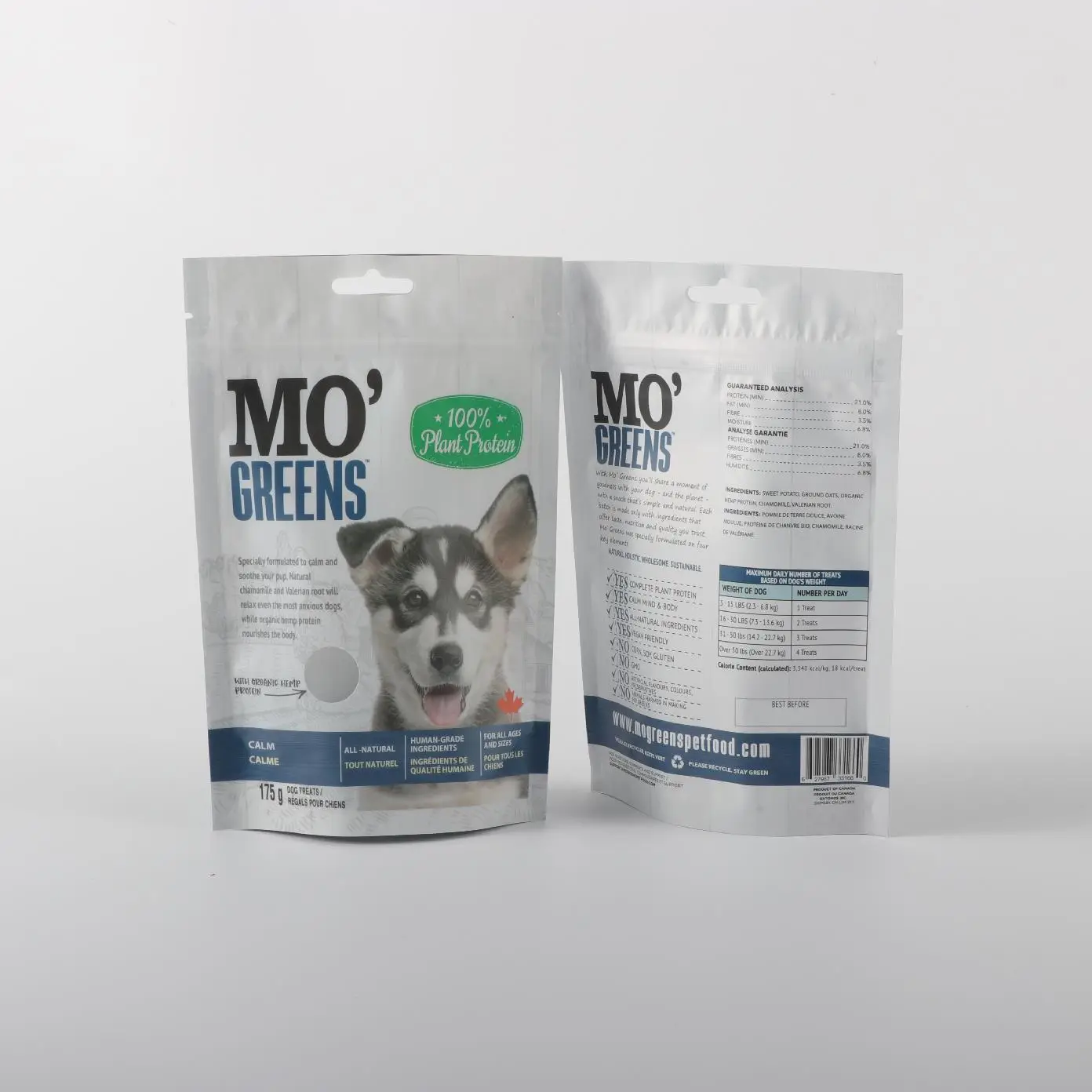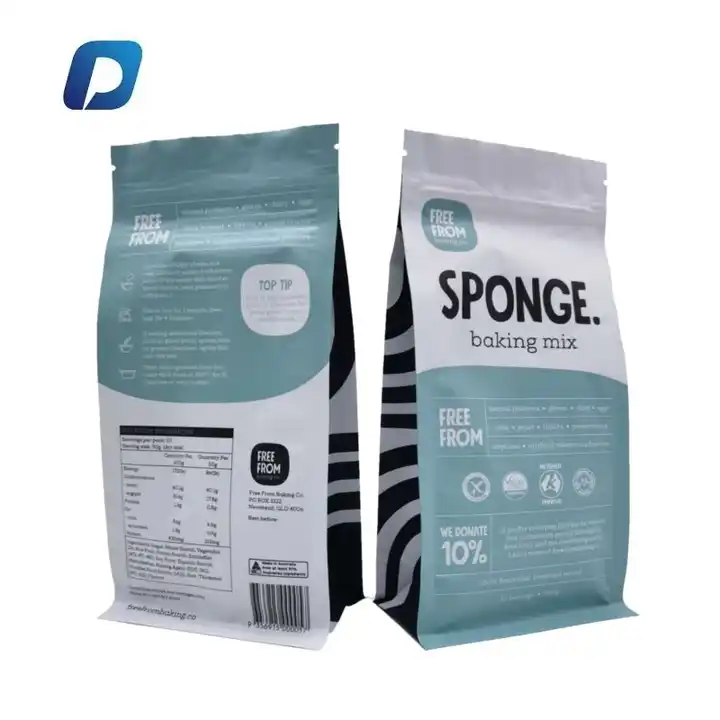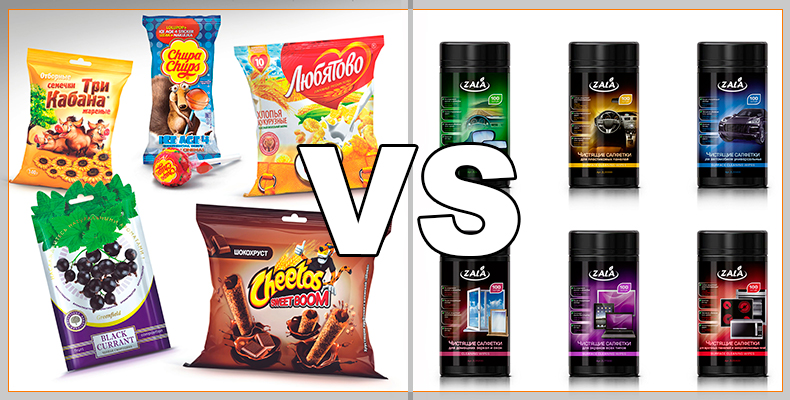
Packaging is an essential part of modern commerce, ensuring that products are protected, preserved, and presented effectively. When it comes to choosing the right packaging for a product, businesses must consider several factors, including material type, cost, sustainability, and consumer convenience. Two of the most common types of packaging are rigid packaging and flexible pfackaging. While both serve the fundamental purpose of containing and protecting products, they differ in material, structure, application, and environmental impact.
What is Rigid Packaging?
Rigid packaging refers to packaging materials that retain a fixed shape and structure. These materials do not bend or flex easily and are typically used for products that require strong protection. Common examples of rigid packaging include glass bottles, metal cans, plastic containers, and cardboard boxes.
Characteristics of Rigid Packaging
- Durability: Rigid packaging is strong and offers excellent protection against physical damage.
- Shape Retention: It maintains its shape under stress, ensuring the product remains secure.
- Premium Feel: Often associated with high-end products due to its sturdy and premium appearance.
- Higher Weight: Rigid packaging is generally heavier than flexible alternatives.
- Less Space-Efficient: Due to its fixed shape, it can take up more storage and shipping space.
Common Types of Rigid Packaging
- Glass Packaging – Used for beverages, cosmetics, and pharmaceuticals. Glass is recyclable but fragile.
- Metal Cans – Common in food and beverage packaging (e.g., soda cans, canned food).
- Plastic Containers – Found in food packaging, household products, and cosmetics.
- Cardboard Boxes – Used for shipping, electronics, and retail packaging.
What is Flexible Packaging?
Flexible packaging is made from materials that can bend, stretch, and be molded to fit different product shapes. This type of packaging is commonly used for food, snacks, personal care items, and pharmaceuticals. Popular examples include pouches, plastic bags, and shrink wraps.
Characteristics of Flexible Packaging
- Lightweight: Reduces shipping costs and environmental impact.
- Customizable: Can be shaped, sized, and printed with high-quality graphics.
- Space-Efficient: Takes up less storage space compared to rigid packaging.
- Sustainability: Some flexible packaging is recyclable or made from biodegradable materials.
- Less Protective: Offers moderate protection against external damage but is effective against moisture and air.
Common Types of Flexible Packaging
- Stand-Up Pouches – Used for snacks, coffee, pet food, and liquids.
- Plastic Bags – Found in retail, food packaging, and frozen foods.
- Shrink Wrap – Used for bundling products together.
- Foil Packaging – Common for pharmaceuticals and food preservation.
Key Differences Between Rigid and Flexible Packaging
| Feature | Rigid Packaging | Flexible Packaging |
|---|---|---|
| Material | Glass, metal, hard plastic, cardboard | Plastic film, foil, paper |
| Durability | Strong, impact-resistant | Less durable but protective against moisture and air |
| Weight | Heavier | Lightweight |
| Storage Space | Bulky, requires more space | Compact, takes up less space |
| Customization | Limited shapes and sizes | Highly customizable in shape, size, and design |
| Cost | More expensive to produce and ship | Cost-effective due to lightweight materials |
| Sustainability | Often recyclable but heavier environmental impact | Lower material use, but some types are hard to recycle |
| Brand Perception | Premium, luxury appeal | Modern, convenient, and practical |
Advantages and Disadvantages of Rigid and Flexible Packaging
Advantages of Rigid Packaging
✅ Excellent Protection – Ideal for fragile and high-value products.
✅ Premium Aesthetic – Creates a high-end feel that enhances branding.
✅ Recyclability – Materials like glass and metal can be recycled efficiently.
✅ Product Longevity – Extends shelf life by offering better protection from external factors.
Disadvantages of Rigid Packaging
❌ Higher Cost – More expensive to produce, transport, and store.
❌ Bulky – Occupies more space in storage and transportation.
❌ Fragility – Glass and some plastics can break or crack easily.
Advantages of Flexible Packaging
✅ Lightweight & Space-Efficient – Reduces storage and transportation costs.
✅ Customization Options – Can be tailored to different sizes, shapes, and printing needs.
✅ Lower Production Cost – Requires fewer materials and lower manufacturing expenses.
✅ Eco-Friendly Alternatives Available – Some flexible packaging is biodegradable or recyclable.
Disadvantages of Flexible Packaging
❌ Limited Protection – Less durable than rigid packaging, making it unsuitable for fragile products.
❌ Difficult to Recycle – Multi-layered films can be challenging to process in recycling facilities.
❌ Perceived as Less Premium – Some consumers associate flexible packaging with lower-quality products.
Which Packaging Type is Right for Your Product?
Choosing between rigid and flexible packaging depends on several factors:
1. Product Type
- For fragile or luxury items, rigid packaging is the better choice.
- For lightweight, consumable, or mass-market products, flexible packaging is more suitable.
2. Cost Considerations
- If you need a cost-effective solution, flexible packaging is generally the better option.
- If you prioritize high-end branding and product protection, rigid packaging may justify the extra cost.
3. Storage and Transportation
- If storage space is a concern, flexible packaging saves room and reduces shipping costs.
- If product safety is the main priority, rigid packaging offers better protection.
4. Sustainability Goals
- If sustainability is a key business priority, choosing recyclable or biodegradable materials in both rigid and flexible packaging is essential.
- Consider options like recyclable plastics, compostable films, or reusable glass containers.
The Future of Packaging: A Hybrid Approach?
With growing environmental concerns and evolving consumer preferences, many companies are adopting hybrid packaging solutions that combine elements of both rigid and flexible packaging. Some brands use rigid bases with flexible tops to balance structure and weight savings. Others focus on innovative, sustainable materials that offer the benefits of both packaging types.
For example:
- Paper-based flexible packaging is becoming popular as an alternative to traditional plastic pouches.
- Recyclable flexible pouches with improved barrier properties are being developed for food and beverage products.
- Lightweight rigid containers made from biodegradable materials are reducing the environmental impact of traditional rigid packaging.
Conclusion
Understanding the differences between rigid and flexible packaging is crucial for businesses looking to optimize their packaging strategy. While rigid packaging offers durability, a premium feel, and superior protection, it comes with higher costs and bulkiness. On the other hand, flexible packaging provides lightweight convenience, cost savings, and customization but may lack the same level of protection.
Ultimately, the best packaging solution depends on the product type, budget, storage requirements, and sustainability goals. As packaging technology evolves, the industry is moving toward more eco-friendly solutions, blending the strengths of both rigid and flexible packaging to meet modern demands.


